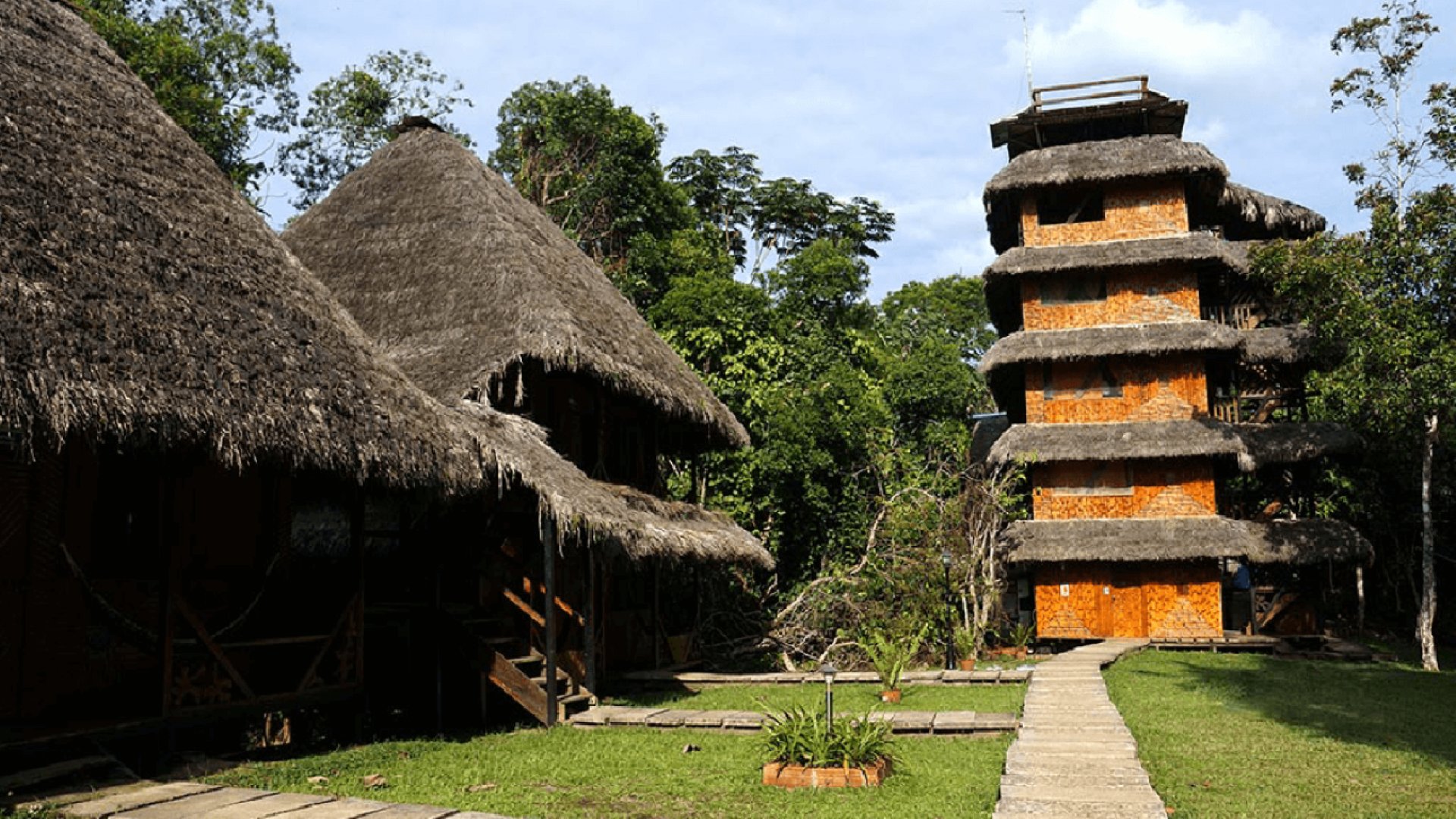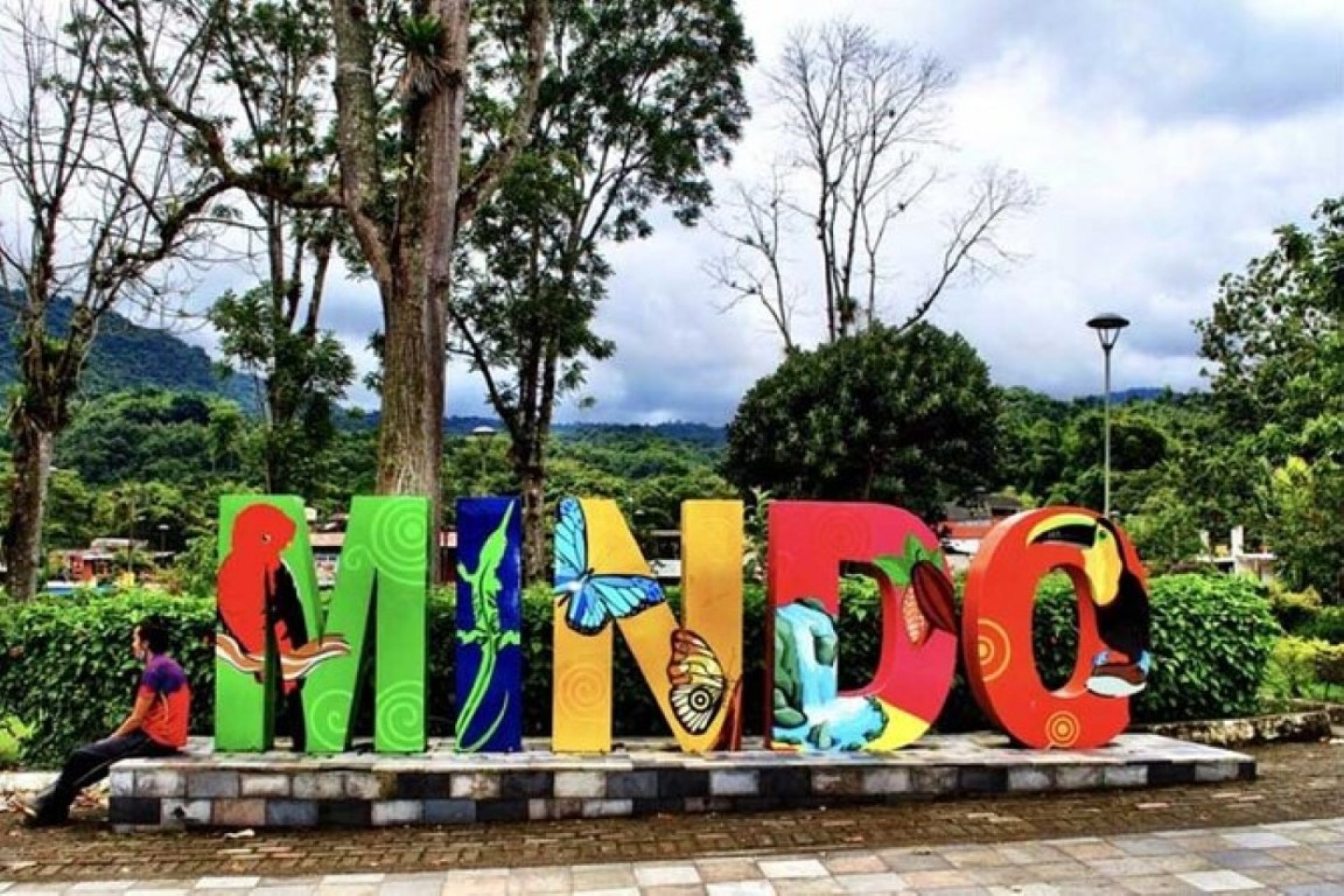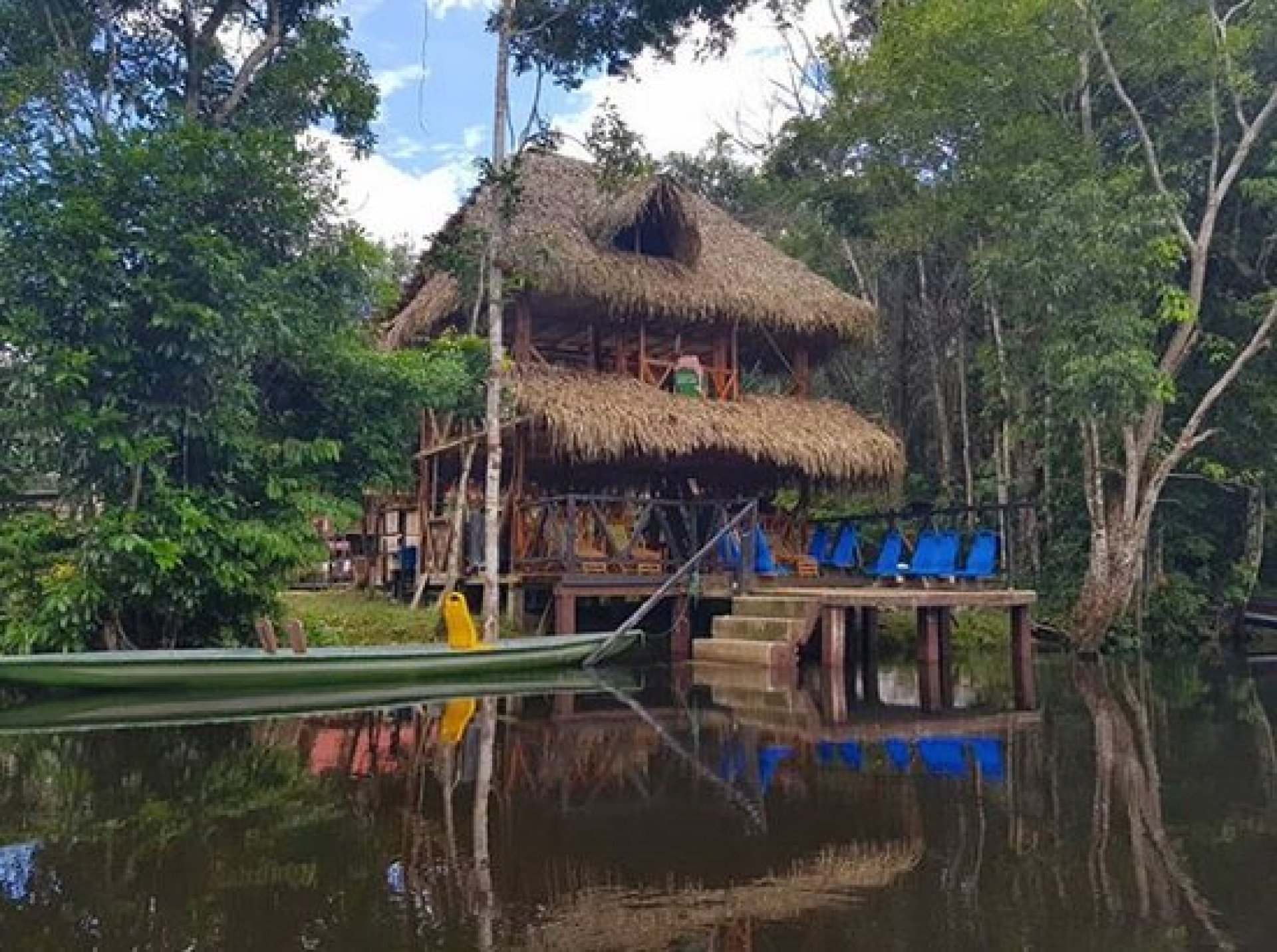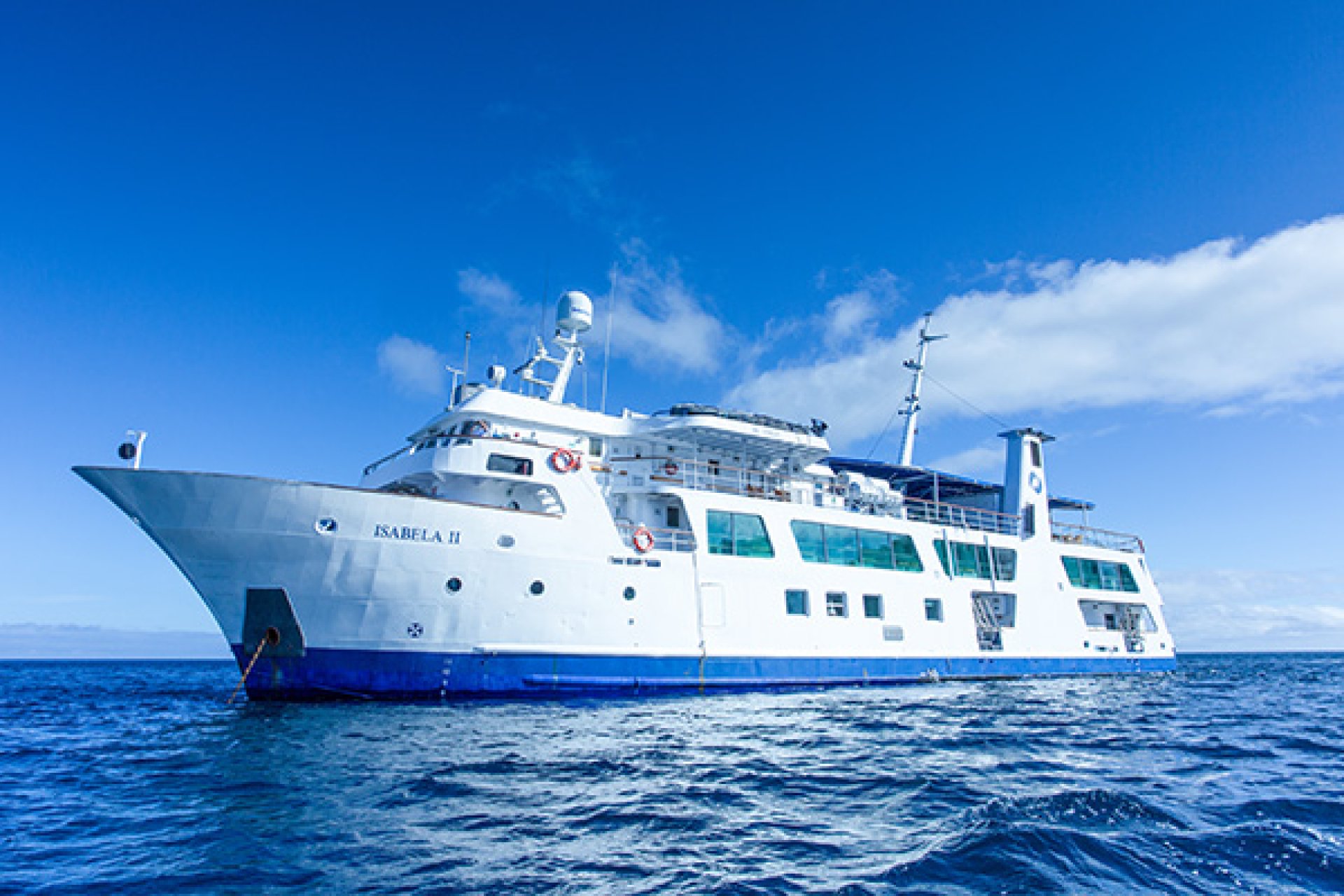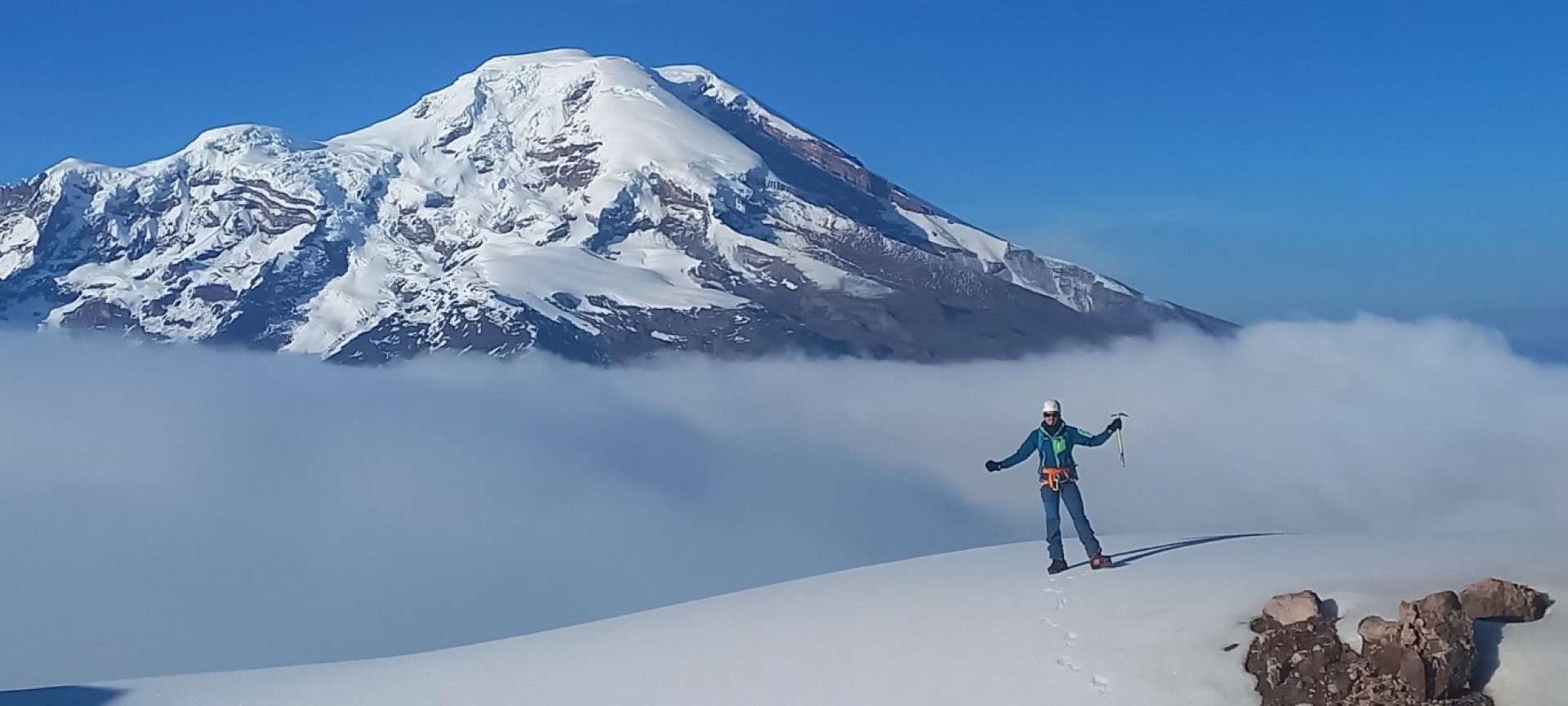Ecuador: The "Avenue of the Volcanoes,"
Ecuador, with its diverse and majestic geography, is home to one of the most impressive landscapes in the world: the famous "Avenue of the Volcanoes." This nickname was coined by the German geographer and scientist Alexander von Humboldt in the 19th century when he was amazed by the volcanic chain that stretches along Ecuador’s Andean range. For today's travelers, this region offers an unparalleled natural spectacle, full of adventure, biodiversity, and unique opportunities to explore.
What is the "Avenue of the Volcanoes"?
The "Avenue of the Volcanoes" is a strip of approximately 300 kilometers that extends from the north to the south of the country, crossing Ecuador's Sierra. Along this route, tourists can find more than 70 volcanoes, some of which are active, making Ecuador a unique destination for nature and geology lovers. The mountain range is flanked by two branches of the Andes, separated by fertile inter-Andean valleys that offer stunning landscapes and vibrant cultures.
Iconic Volcanoes
Cayambe: The giant crossed by the equatorial line
At an elevation of 5,790 meters above sea level, Cayambe is Ecuador's third-highest volcano. This colossal peak is one of the few in the world crossed by the equator, making it a unique destination. Climbing Cayambe is a true feat that requires crossing glaciers, sandy areas, and rocks, making it ideal for those seeking extreme challenges. From the Ruales Oleas Berge refuge, located at 4,600 meters, you can admire spectacular views of the famous “Avenue of the Volcanoes” and enjoy the local cuisine.
Antisana: Home to the country's largest glacier
The snow-capped Antisana, at 5,704 meters above sea level, holds Ecuador's largest glacier. Thanks to Amazonian rainfall, its peaks are often snow-covered year-round. You can enjoy its majestic views from Papallacta or from the Mica Lagoon, where activities like hiking, cycling, and camping are complemented by Andean landscapes.
The Illinizas: The twin peaks of the Andes
The Illinizas are two imposing peaks of the same volcano, ideal for mountaineers seeking to prepare for more significant challenges. The northern peak, at 5,126 meters, presents a less demanding ascent compared to the southern peak, which reaches 5,248 meters. In the Los Illinizas Ecological Reserve, visitors can enjoy various recreational and tourist activities.
Cotopaxi: The "neck of the moon" colossus
At 5,897 meters above sea level, Cotopaxi is one of the highest active volcanoes in the world and Ecuador’s second-highest peak. Its perfect conical shape and smoking crater make it one of the most impressive sights in the country. Visiting Cotopaxi National Park, where you can explore Andean flora and fauna, is a favorite activity for tourists. Hikes to the José Rivas refuge or Limpiopungo Lagoon are must-do experiences.
Quilotoa: The turquoise jewel in the crater
Quilotoa Lagoon, with its turquoise blue waters, was formed in the crater of a volcano after an eruption hundreds of years ago. With a diameter of three kilometers and a depth of 250 meters, this lagoon is one of Ecuador's most impressive. Surrounded by trails, the area invites you to enjoy the rich biodiversity of the Los Illinizas Ecological Reserve.
Tungurahua: The "Throat of Fire"
Tungurahua, at 5,023 meters above sea level, is known for its constant eruptive activity. At night, from Baños or Ambato, you can observe glowing rocks descending its slope. This volcano is part of Sangay National Park, home to thousands of species of flora and fauna, making it an ideal destination for nature lovers.
Chimborazo: The closest point to the Sun
Chimborazo, at 6,268 meters above sea level, is not only Ecuador's highest mountain but also the furthest point from the Earth's center. Climbing it is one of the greatest challenges for mountaineers. Although inactive, this giant is part of the Chimborazo Wildlife Reserve, where you can observe Andean wildlife, including vicuñas and achupallas.
Altar: An ancient supervolcano
The Altar, now inactive, was once Ecuador's tallest volcano. Its peaks, at 5,319 meters above sea level, took their current shape after a landslide thousands of years ago. In its crater rests the Yellow Lagoon, surrounded by peaks resembling an altar, offering a unique landscape for those willing to undertake a multi-day hike to reach it.
Sangay: The most active volcano in the south
The constantly erupting Sangay is the southernmost volcano in Ecuador. Its name, meaning "to scare" in Quechua, reflects its explosive character. This colossus can be seen from several points in Sangay National Park, where Andean and Amazonian ecosystems intertwine, creating a natural paradise for exploration.
These imposing volcanoes offer a unique combination of adrenaline, spectacular landscapes, and untouched nature. Each is a testament to the power and beauty of Ecuador’s geography. Don’t miss the chance to experience them on your next adventure!
Climate and Biodiversity
The "Avenue of the Volcanoes" impresses not only with its geography but also with its biodiversity. The climate varies considerably along the route, from the glacial cold at the volcanic heights to milder temperatures in the valleys. This allows for a rich diversity of flora and fauna, including llamas, vicuñas, Andean condors, and a wide variety of native plants, from cloud forests to páramo grasslands.
Andean Culture and Towns
Traveling through the Avenue of the Volcanoes also means immersing yourself in the rich culture of the Andean peoples. At the foot of these natural giants lie cities and communities full of history, such as Latacunga, Riobamba, and Ambato, each with its own festivals and traditions. Don’t miss the Inti Raymi celebrations, the Mama Negra Festival in Latacunga, and the vibrant Otavalo market, one of the largest and most colorful in South America.
Travel Tips
To fully enjoy this incredible experience, it's recommended to have an experienced guide, especially if you plan to go trekking or ascend any of the volcanoes. The altitude can be challenging, so it’s important to acclimatize before doing demanding activities. Additionally, make sure to bring appropriate clothing for the changing weather and plenty of sunscreen, as the Andean sun can be quite strong.
How to Get There
The most common starting point for exploring the Avenue of the Volcanoes is Quito, the country’s capital, strategically located near several of these giants. From here, you can organize tours or rent a vehicle to explore the region at your own pace. The journey is spectacular, and along the way, you'll find natural viewpoints where you can take in the grandeur of the volcanoes.
Ecuador, with its diverse and majestic geography, is home to one of the most impressive landscapes in the world: the famous "Avenue of the Volcanoes."



